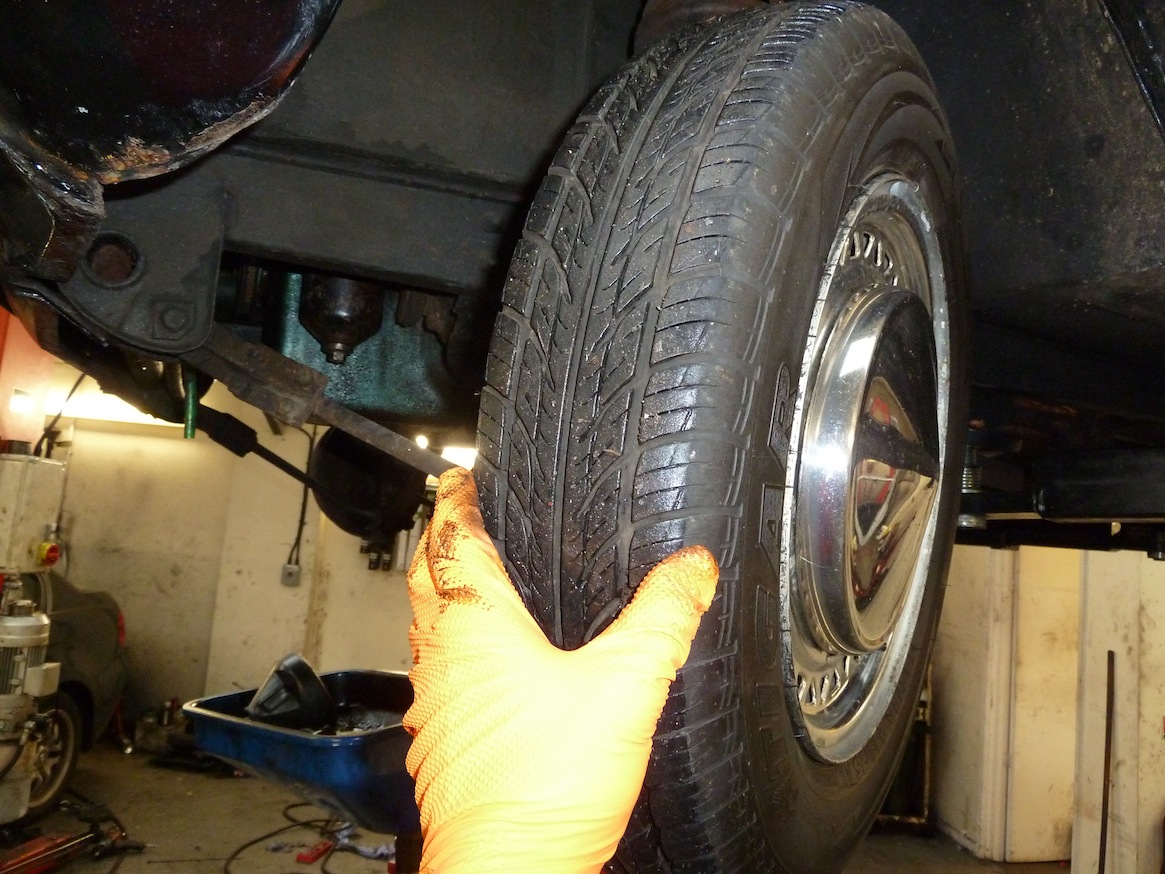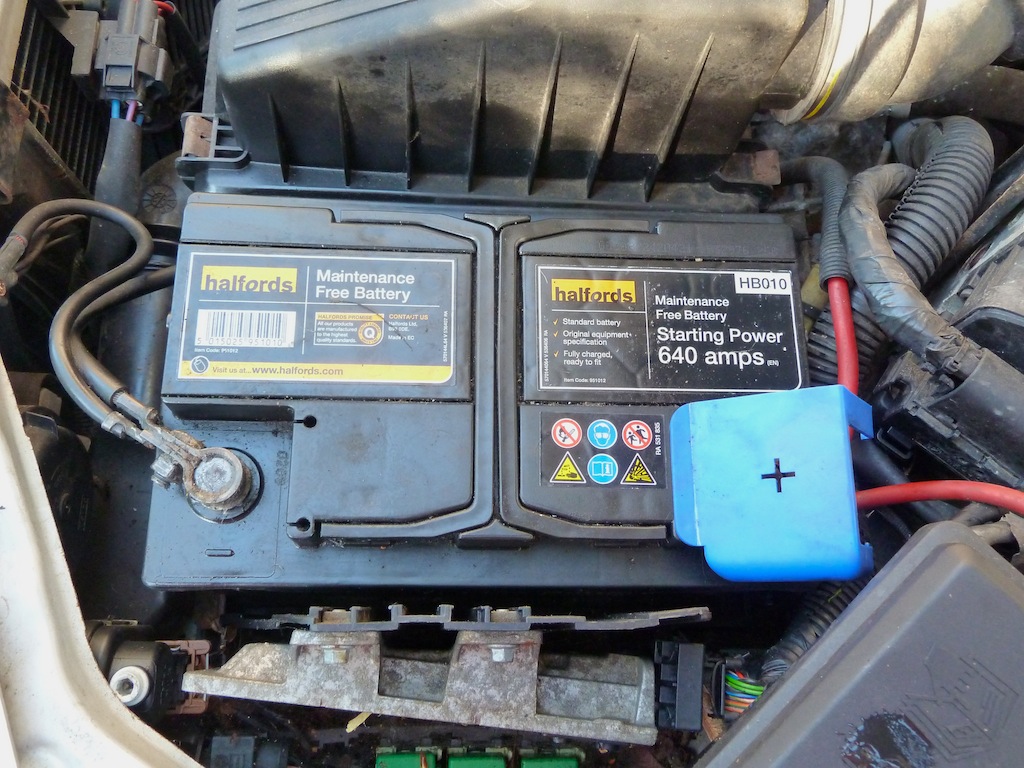
Kim Henson offers advice to avoid vehicle problems, due to lack of use…
The strange and difficult times in which we are living are of course a challenge to everyone, not least as we need to stay at home apart from essential journeys.
This necessarily means that many vehicles are covering very low mileages, and indeed many more have not moved at all during the last month or so.
Now motor vehicles do not like standing idle for long periods of time, with potential problems including battery power draining away, condensation forming in and around the engine bay (and potentially causing serious damage to electric/electronic components and connections), seizure of the brakes and clutch, and tyre pressures falling incrementally over time.
Fortunately there are a few measures that can be taken very easily and quickly (and approximately every three weeks or so, as a rule of thumb) to help prevent problems, and to ensure that your car, motorcycle or commercial vehicle is ready to go whenever it is safe and permitted for normal use to start again.
Here are a few tips that I hope may help:
Battery power ebbs away over time, especially with relatively modern vehicles that have alarm systems and/or clocks (etc.) constantly operating.
If the vehicle is out of use for a long time the battery may lose all power, and if left in a discharged state for any length of time, the battery will be damaged. It is always a good idea to keep the battery casing clean and dry, especially in the vicinity of the main electrical connections.
It should also be mentioned that many modern electronic engine management systems do not take kindly to attempts being made to start the vehicle when the battery voltage is low; components may be damaged in the process. Ideally ‘trickle-charge’ the battery to bring it up to full power over a number of hours, if you suspect voltage to be low.
Note too that the greatest of care should be taken if ever the need arises to ‘jump start’ the vehicle (and ideally this is best avoided anyway; ‘spikes’ in voltage can blow electrical fuses, or wipe out management system components or indeed the main ECU). ALWAYS follow the instructions provided in the vehicle’s handbook, or if this is not available seek advice from a relevant dealer or independent garage before trying.
In all cases avoid connecting the jump leads directly to the battery terminals (a spark thus caused could result in an explosion); instead use the purpose-designed underbonnet jump start connection points (locations given in the handbook).
If the car is not used for a long time it is worth trickle-charging the battery every three weeks or so to keep the voltage levels up, or to use a solar charger (ideally with an automatic cut-off to avoid over-charging) that will do the job without the need for mains electricity.
For a vehicle in regular/frequent use for essential journeys the alternator will help to keep the battery at full charge levels; help it to do its job by ensuring that the drive belt is in good condition and correctly tensioned (as a rule of thumb, deflection under firm finger/thumb pressure applied midway along the longest belt run should be approximately half an inch or 13mm).
-
Check tyre pressures and condition
Tyre pressures inevitably drop a little each week, and if the vehicle is out of use it is worth checking the pressures using a hand-held gauge (inexpensive and available by mail order), to ensure that they are up to the correct recommended figures as specified in your vehicle’s handbook.
If the tyres need to be pumped up, a foot-operated pump will do the job (these are also available by mail order – and note that twin barrel types will work about twice as rapidly/easily as a single barrel pump) or you can use a small compressor-driven pump. These are cheap and usually work from a 12 volt socket. However if the engine is not running they can drain battery power quite quickly…
NEVER leave a vehicle standing on tyres that appear to be ‘soft’ or ‘flat’ – the sidewalls will be strained irreparably.
 If the vehicle has not been used for a long while, carefully check the condition of the treads and sidewalls before you take it out again.
If the vehicle has not been used for a long while, carefully check the condition of the treads and sidewalls before you take it out again.
-
Warm up the engine
Even if you are unable to drive the vehicle, it is essential to keep condensation at bay around the engine and its ancillaries, or there is a serious risk of moisture ingress into electrical/electronic components and connections. In time, this will cause electrical continuity problems (often evident by a build-up of ‘green death’ corrosion – so-called in the trade – around the affected parts and junction points), then the vehicle may not start nor even crank when required, and/or engine running problems may arise.
If possible, about once a week when the weather is warm and dry, open the bonnet and allow fresh air to circulate. If you are have to use the vehicle for essential journeys, the warmth provided by the engine (and air flow due to the vehicle’s movement) will help to keep condensation away, or to dry it out. However if you are unable to use the vehicle, starting and running the engine for about 15 minutes will have the same effect. Of course in normal times running the engine with the vehicle not moving is to be avoided where possible, but not running the engine at all for many weeks or months will do the vehicle no favours at all, and may result in long-term damage. Always be mindful of neighbours or others nearby who may be affected by exhaust fumes so created…
NEVER, EVER, LEAVE YOUR ENGINE RUNNING WITH THE VEHICLE UNATTENDED (it may well ‘disappear’!)…
-
Move the vehicle to and fro – if only a little
Even if you are not able to drive the vehicle, with the engine running use the clutch and engage first gear to move it forwards a little, then engage reverse and drive backwards again. This will help to ensure that the clutch doesn’t seize.
In this situation apply the brakes gently at the end of each forward and reverse movement, to help prevent them from binding.
If the vehicle is on private property and on level ground, or on a horizontal floor within a garage, it pays to leave the parking brake ‘off’ – provided of course that the wheels are effectively chocked to prevent movement of the vehicle. This could avoid the parking brake seizing ‘on’.
Ideally when you have moved the vehicle a little, leave it parked in a slightly different position from where it started, thus avoiding the tyres coming to a halt in the same places.
-
Petrol deterioration
Unfortunately the ‘shelf life’ of modern unleaded petrol is not as great as was the case with fuels of the past. However you should be able to get away without problems, with not using the vehicle for a few months.
If the vehicle is being used for essential journeys, it pays to top up often with fresh petrol when you can. Note that fuel prices are currently a little lower than they have been for a long time, BUT with fuel sales being so low, it is possible that you will find that many filling stations (especially smaller rural ones) may not stay open for as long or as often as in the past, so you could find yourself unable to refuel when you need to. Having said that there is NO NEED to panic buy, just avoid the tank level running too low.
-
Regard a quarter of a tankful of fuel as ‘empty’
Modern vehicles are not tolerant of low fuel tank levels, and especially modern diesel vehicles. When the fuel level drops right down, there’s an increasing risk of air pockets forming in the fuel (‘cavitation’) and being drawn into the fuel injection pump and injectors, together with any dirt and debris lurking in the bottom of the tank. The injection system needs to have clean fuel without air pockets, and in diesels (especially) the fuel provides lubrication to the system components; air pockets will result in lubrication starvation and serious damage. So if possible keep the tank level above about a quarter full.
-
Take care when refuelling
For all reasons (especially avoiding the Covid-19 virus) always wear protective gloves when refuelling your vehicle; these are provided free of charge by filling stations (Petrol Retailers Association members) for motorists.
Some filling stations also provide ‘pay at pump’ (by card) facilities, which many people find helpful.
Of course, ALWAYS wash your hands as soon as you can after refuelling.
-
Keep it roadworthy
You are legally obliged to keep your vehicle roadworthy (even in cases where the MoT test requirement has been deferred for the time being, as covered in depth in a previous article on Wheels-Alive). It is therefore essential that you ensure that (for example) the lights, screenwipers, tyres, etc, etc, are in good condition and operating as they should.
You may need to call in professional help if repairs are required; some garages are still operating.
The roadside rescue organisations may still be able to assist you too, and there is plenty of helpful advice available online from them.
